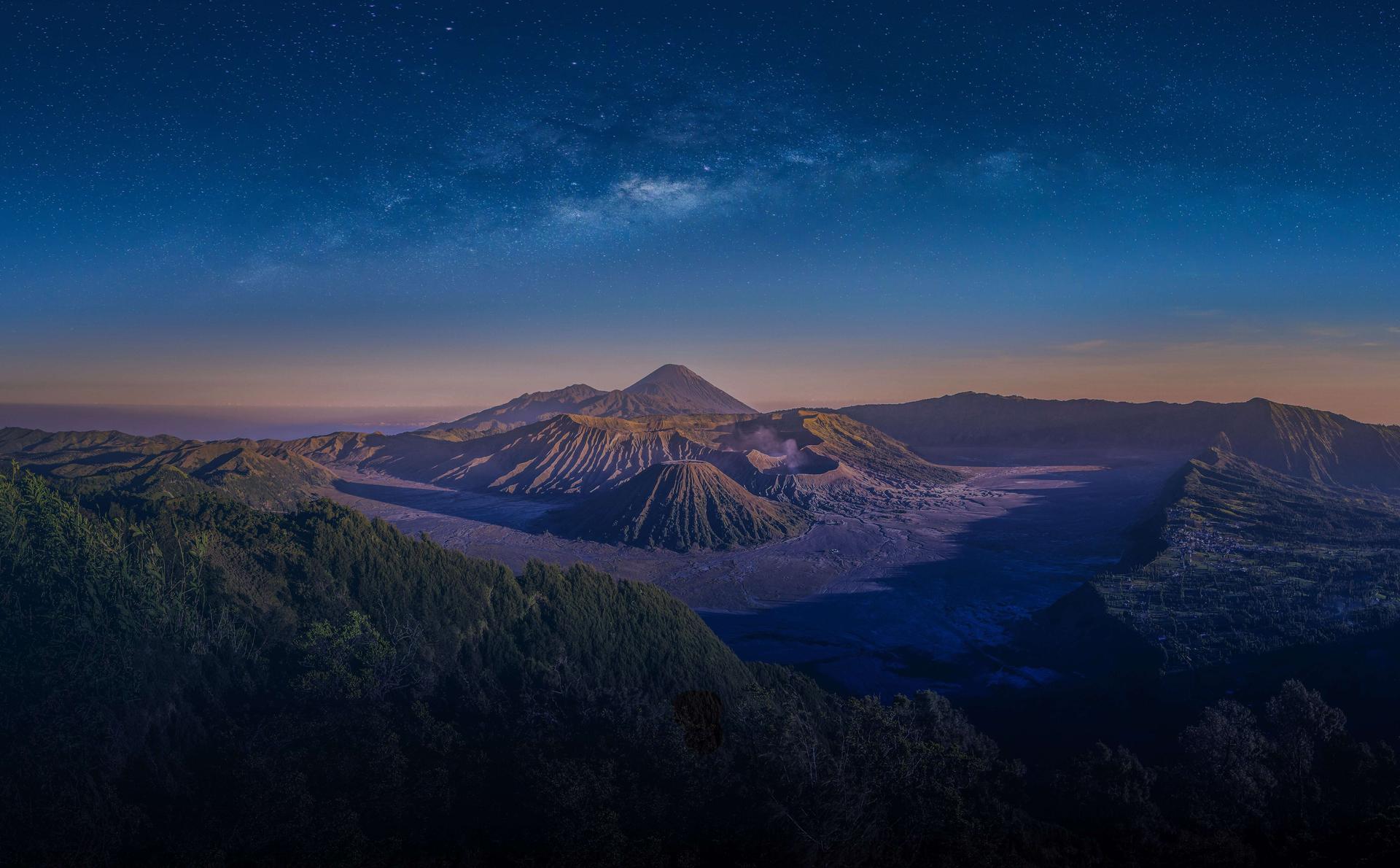Tasmania, Australia: What to know before visiting and why you need to visit!

Thinking of a holiday in a far-off place full of historical charm, clear white beaches and stunning mountains? Then Tasmania is where you want to be. Located about 251 kilometers south of Australia’s mainland, this gorgeous destination offers plenty despite being one of Australia’s smallest states. The stunning landscape, lovely people and great wine are just some of the reasons you should visit. Brace yourself, we have detailed all the great things about Tasmania in this article!
What to know before visiting
Airports
Access to Tasmania is strictly via air and sea. There are flights from Melbourne, Sydney and Brisbane directly to Hobart Airport (Tasmania’s main airport) and Launceston Airport. Alternatively, you can depart from Melbourne and arrive in Devonport by ferry - a great choice for those who want to bring their own car along. A car would allow you to explore further, making your visit even more fruitful. For easy transfers, use Traveloka’s Airport Transfer service that’s available 24/7.
Be prepared
Pack for every weather. While you may get to choose which season you want to visit a particular country, Tasmania is far too temperamental. It is possible you will go through four different seasons in a day so make sure to layer up. Bring good walking shoes, a torchlight, rain jackets, thick socks and long pants - you wanna be prepared for whatever comes your way!
For the road less traveled
As everyone knows, the biggest adventure lies in the road less traveled. If that sounds like your cup of tea, check out the Western Explorer or ‘Road to Nowhere’, an old logging track which runs from the Smithton to Strahan through an ancient forest and across the wilderness, crossing through the old mining village of Corinna. To top it all off, there will be no mobile phone reception nor is it likely to see cars passing by so be sure to pack plenty of food, water and fuel along. Now that truly sounds like a heck of an adventure!
Insect protection
One not so nice thing about Tasmania are the venomous jack jumper ants. Make sure you are able to identify these little creatures so you can avoid them, especially if you are going hiking. Some people are allergic to their stings, which could result in a pretty ugly situation. Those prone to insect bite allergies are advised to pack antihistamines or an EpiPen just in case. Should severe symptoms like extreme swelling, difficulty breathing or swelling of the tongue happen, get help immediately. Also pack mosquito repellent because the mosquitoes there are a hungry bunch and can carry nasty diseases like the Ross River Fever.
Getting water
While Australia is a well-developed country, the conditions in Tasmania are vastly different from that of the mainland. Drinking water is not exactly easy to find in Tasmania, as several areas are affected by high lead content. Water should always be boiled before consumption. If unsure, simply check with the locals. For those on the go, be sure to bring along water purification tablets.
Safety first, fun second
Drinking water may not be in abundance but swimming water sure is. However, not all of it is safe. There are designated areas that you can and cannot swim in, for good reasons. Rip currents in Tasmania are often strong, and you definitely want to avoid a deadly accident. During summer, most popular beaches should have lifeguards around so you know it’s safe. Also keep in mind that the water will be cold, so pack well if you intend to take a dip in the chilly waters!
Emergencies
After all the dangers we have listed out, you are probably wondering what to do if you need help. Remember, the emergency number is 000. Thankfully, you can make emergency calls despite not having network coverage.
Why you should visit
Wilderness World Heritage Area
More than 20% of Tasmania is recognised as a Wilderness World Heritage Area. Covering over 1.58 million hectares, the area includes national parks, marine, as well as forest reserves, going all the way south of Tasmania to the Cradle Mountain in the North West. Interestingly, a lot of these remote spots are only accessible by foot, meaning most of the land is unspoiled and the air untainted. Go on the award winning Bruny Island Wilderness Cruise to see coastal wildlife such as seals, dolphins and whales.
Postcard views
Remember how we mentioned you should be prepared for any sort of weather in Tasmania? We were serious, and you should expect snow. Heavy snowfall often begins in June and July, and in higher places, it may last until October. While it may seem like a bit of a hassle, the view is truly a sight to behold. Everything is blanketed in a soft white carpet and there are many log cabins in the mountains for you to sit by a roaring fire, curled up with a mug of hot chocolate, just like in the movies! Meanwhile, those who are down for an adventure can hike the Overland Track or go on the Mount Wellington Tour to see panoramic views of Hobart town.
Seafood paradise
Seafood lovers, this is your paradise. The clean seawater and fresh streams are home to amazingly fresh fish and seafood. Think oysters, lobsters, mussels, abalone and freshwater trout. From fine dining, oyster shacks, dishes straight from the sea, and fishing trips, you will never look at seafood the same way again. Head over to Hobart Dock or coastal villages on the east coast for some of the best catch. Are you drooling yet?
Pure air
This is your chance to give your lungs a break from all that filthy city air. As recorded by the air pollution station at Cape Grim, you simply can’t get air any cleaner than Tasmania’s! Thanks to the lack of urbanisation and the great gusts of wind from the Southern Ocean and Antarctica, Tasmania’s air is kept constantly clean. Why pay for air purifiers when you can get pure air here?
_______________________________________________________________________________________
Recommended Articles

Traveloka New Year Escape: Christmas Sale & New Year Promo for Singaporeans

New Year in Bali 2025: Best NYE Parties, Fireworks & Beach Clubs

Guide to Top Shanghai Christmas Market | Where & What to Buy

Japan New Year 2026: Tokyo Fireworks, Traditions & Countdown Events

Macau: The Ultimate 4D3N Macao Itinerary

Trick or Treat! Best Neighbourhoods, Events & Tips in Singapore 2025
























 Facebook
Facebook Instagram
Instagram TikTok
TikTok Youtube
Youtube Telegram
Telegram
